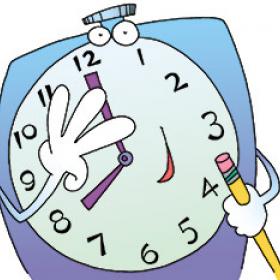Page 075 from

Start-Up Activity
Display these words for your class: sentence, paragraph, essay, and book. Challenge students to think about how each word relates to each other. Discuss their answers. Then explain that each one represents a unit of thought, moving from small to large: A sentence expresses one complete thought. A paragraph is a larger unit of thought consisting of a series of related sentences. An essay or report is an even larger unit of thought consisting of a series of paragraphs. A book then consists of a series of essays or chapters. This chapter covers paragraphs, which is second in the progression. Read and discuss page 75.
Think About It
“The last sentence of a piece of writing is almost as important as the first.”
—James J. Kilpatrick

Start-Up Activity
Display these words for your class: sentence, paragraph, essay, and book. Challenge students to think about how each word relates to each other. Discuss their answers. Then explain that each one represents a unit of thought, moving from small to large: A sentence expresses one complete thought. A paragraph is a larger unit of thought consisting of a series of related sentences. An essay or report is an even larger unit of thought consisting of a series of paragraphs. A book then consists of a series of essays or chapters. This chapter covers paragraphs, which is second in the progression. Read and discuss page 75.
Think About It
“The last sentence of a piece of writing is almost as important as the first.”
—James J. Kilpatrick






